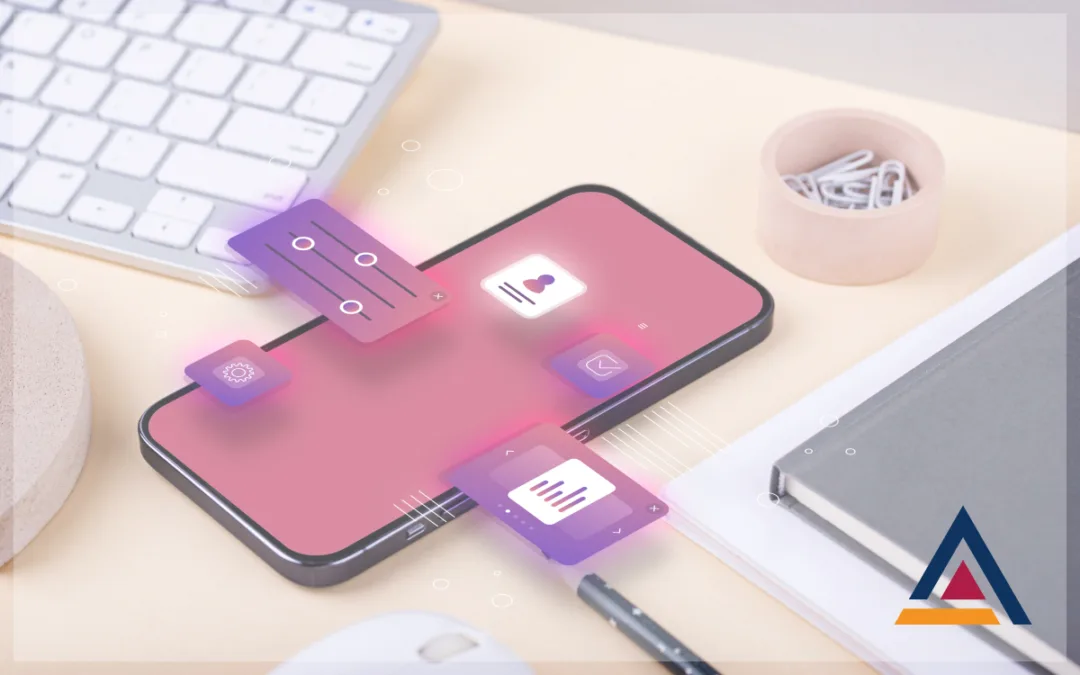In the digital era, mobile applications have become an integral part of our daily lives. From social networking to productivity tools, mobile apps offer a wide range of functionalities that cater to various needs. If you’re new to mobile app development and eager to explore this exciting field, you’ve come to the right place. This comprehensive guide will introduce you to the essential concepts, tools, and technologies involved in building mobile apps from scratch.
Understanding the World of Mobile App Development
We’ll begin by defining mobile app development and its significance in today’s mobile-first world. We’ll explore the differences between native, hybrid, and cross-platform development approaches, helping you decide the best approach for your project.
Platform Selection: Android vs. iOS
Android and iOS are the two dominant mobile platforms. We’ll discuss the pros and cons of each platform and how to choose the one that aligns with your target audience and business goals.
The Core of Mobile App Development: Programming Languages
We’ll introduce you to the programming languages commonly used in mobile app development, such as Java/Kotlin for Android and Swift/Objective-C for iOS.
User Interface (UI) Design: Crafting Engaging Mobile Experiences
An intuitive and visually appealing UI is crucial for mobile apps. We’ll explore the principles of mobile UI design and how to create user-friendly interfaces that captivate your users.
User Experience (UX) Design: Creating Seamless Interactions
UX design focuses on enhancing user satisfaction and usability. We’ll delve into UX principles and how to design seamless and intuitive interactions that keep users engaged.
Front-End Development: Implementing UI and UX
Front-end development involves translating UI and UX designs into functional mobile app interfaces. We’ll discuss how to use programming languages and front-end frameworks to bring your app to life.
Back-End Development: Managing App Data and Logic
Back-end development is responsible for handling data storage, server-side operations, and app logic. We’ll explore back-end technologies like Node.js, PHP, and Firebase, and how they support mobile app functionality.
Integrating APIs: Connecting Mobile Apps with External Services
APIs (Application Programming Interfaces) enable communication between mobile apps and external services. We’ll explore how to integrate APIs to fetch data and enhance app capabilities.
Testing and Debugging: Ensuring App Quality
Testing is a critical phase in mobile app development. We’ll discuss various testing methods, from manual testing to automated testing, and how to identify and fix bugs in your app.
Deploying Your Mobile App: From Development to App Stores
We’ll explore the steps to deploy your app to the respective app stores (Google Play Store for Android and Apple App Store for iOS) and make it available to users worldwide.
Conclusion
Mobile app development is an exciting and ever-evolving field that offers endless opportunities for creativity and innovation. Armed with the knowledge from this comprehensive guide, you’re now equipped to embark on your mobile app development journey. Remember, continuous learning, practice, and staying updated with the latest industry trends are essential to becoming a proficient mobile app developer.
As you explore the world of mobile app development, you’ll gain the ability to create impactful and user-friendly apps that solve real-world problems and enhance the lives of users. Whether you’re building apps as a hobby or aiming to launch a successful app startup, the journey of mobile app development promises to be both rewarding and fulfilling. Happy app building!

